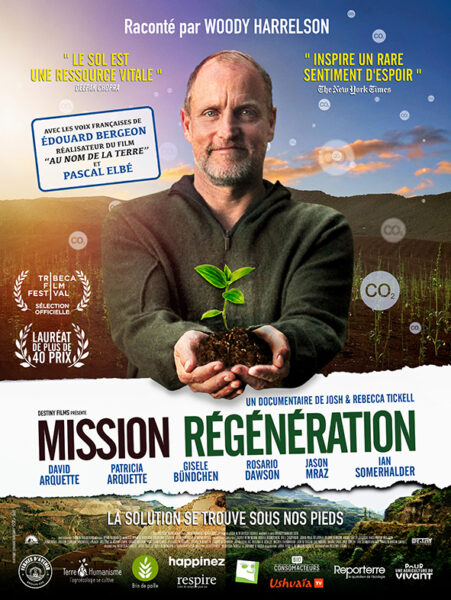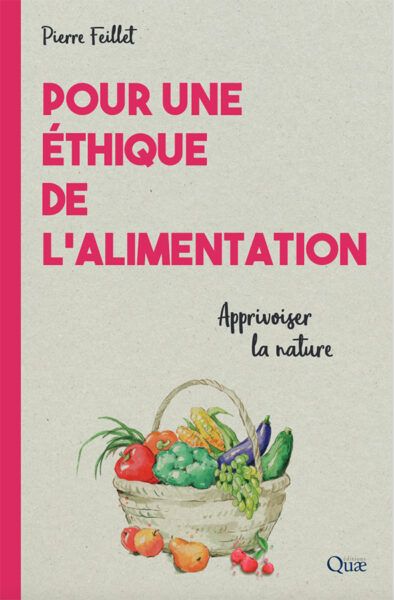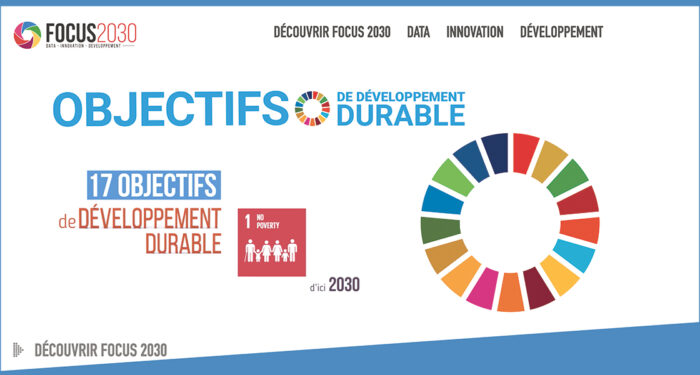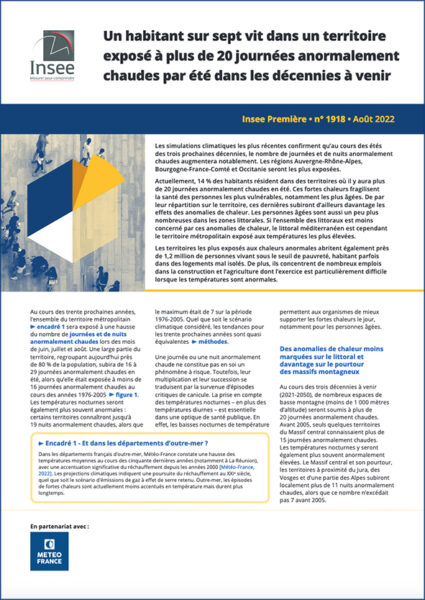In the view of Jean Haëntjens, who has coordinated this issue’s special dossier on European cities for Futuribles, it is accepted today that the current economic crisis calls for another, more eco-responsible model of development and that the organization of cities could have an important part to play in the definition of that model. In these circumstances, might the particular situation of the European cities constitute an asset for the Old Continent?
This article by Jean Haëntjens, the opening contribution to this special dossier, takes a general look at the current strategies and possible developments of European cities in the context of sustainable development. After reminding us of the influences and broad lines of development that have characterized European cities historically, Jean Haëntjens outlines the main strategies of the European cities, from the “fragmented city” of the 1960s and 70s, via the 1980s/90s period in which certain urban functions were improved (new transport networks, design changes, cultural influence), to contemporary urban policies characterized by eco-development. He then analyses the differences and convergences between these strategies, before arriving at a – relatively positive – assessment of the international positioning of Europe’s cities. This being said, though the first transformations we have seen (for example in some Nordic cities) are rather encouraging, there is still much to do, particularly in terms of improving the congeniality of these cities, and attracting new workers to them and persuading them to stay. European cities have many advantages that help them make the 21st century transition to “sustainable cities”, yet they still have further to go with the transformations they have set in train. They still have “to reinvent themselves”.
The Strategies and Future of Europe's Cities
Cet article fait partie de la revue Futuribles n° 354, juil.-août 2009



